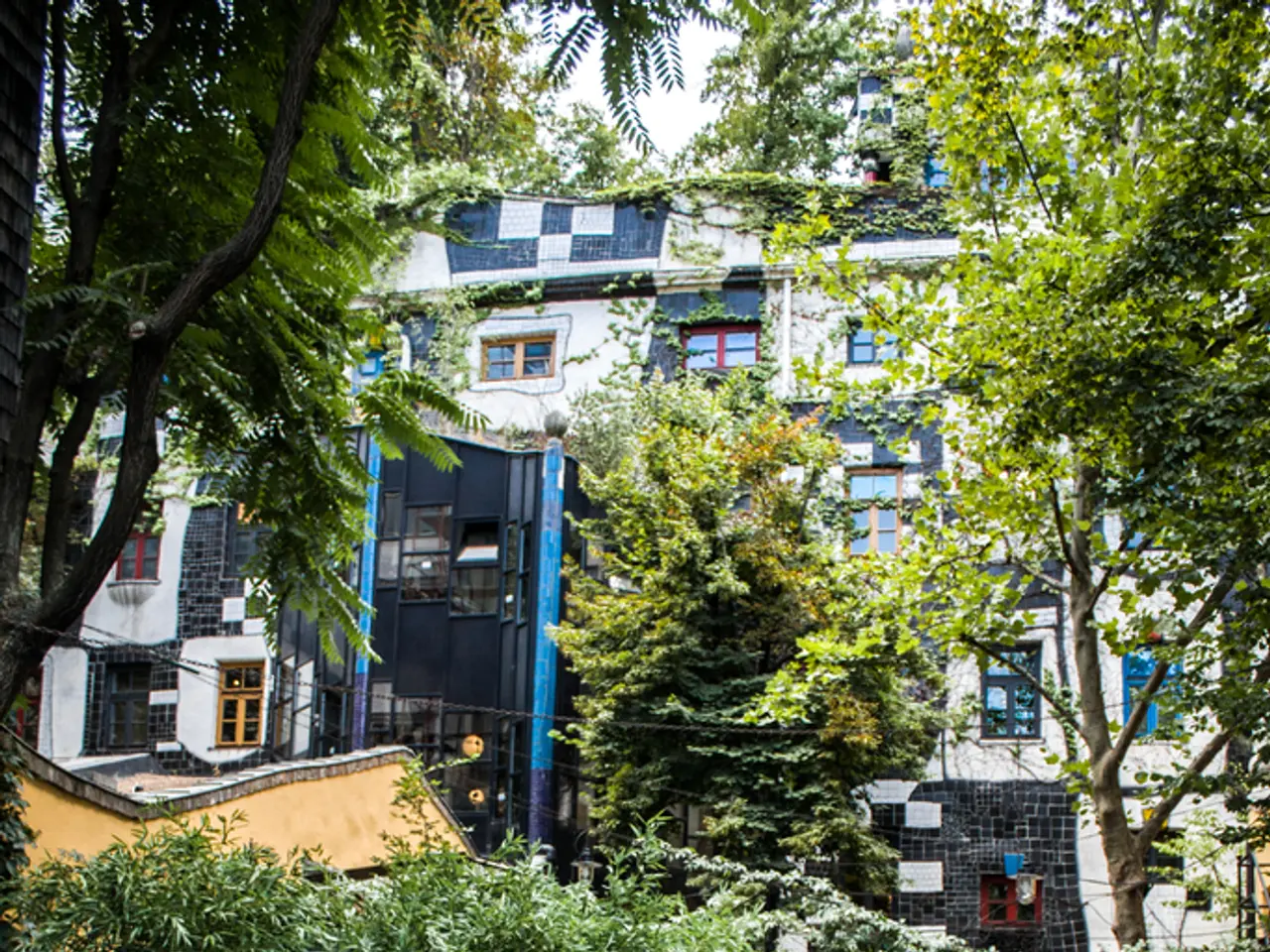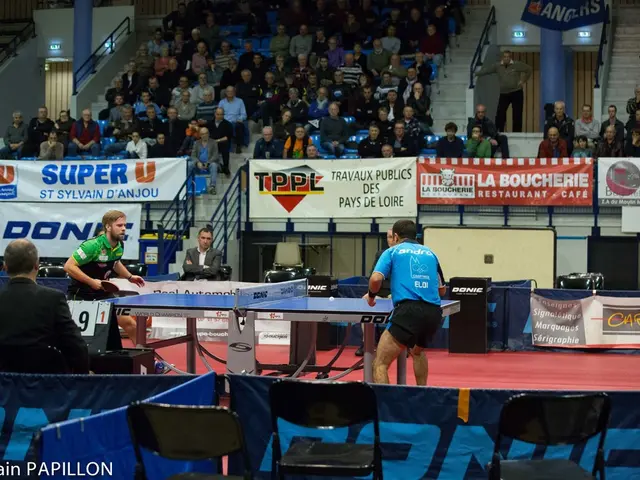Essential and Urgent Air Conditioning: A Call for Comfort During Crisis
India, a country rapidly advancing in economic growth and urbanisation, is facing a complex triple challenge in its cooling sector: ensuring energy security, achieving emission mitigation, and upholding social equity while transitioning to sustainable and equitable cooling solutions.
The demand for air conditioning (AC) cooling has soared in recent years, with annual sales reaching a record 14 million units in 2024, up from 7.5 million in 2022. This surge in demand, driven by factors such as heat-wave frequency, urban heat-island (UHI) amplification, and aspirational lifestyles, has led to cooling demand now being the fastest-growing electricity end-use in India. However, only around 30% of urban households currently own air-conditioners, yet everyone bears the risk of blackouts and heat-island effects.
To address this challenge, India is implementing a layered framework for "thermal resilience" through policies like the Energy Conservation Building Code (ECBC 2017), Eco-Niwas Samhita (ENS 2018/2021), and the India Cooling Action Plan (ICAP, 2019). These policies aim to reduce cooling demand by 25% and refrigerant demand by 30% by 2037.
One key strategy is to improve energy efficiency and standards. The informal recognition that India's 5-star air conditioner rating is equivalent to China's 1-star suggests the urgent need for stricter energy efficiency standards and labeling to reduce the energy footprint of cooling appliances. Innovation in energy-efficient cooling technologies, including retrofits for existing buildings, is critical. Programs like Solar Decathlon India (SDI) contribute by fostering real-world, climate-responsive, and energy-efficient cooling designs tailored to diverse climates and socio-economic conditions.
Expanding renewable energy and storage capacity is another essential strategy. Cooling demand is growing rapidly, and this surging demand requires doubling of energy efficiency and grid modernization. India's emissions goals rely heavily on scaling renewable energy capacity and battery storage solutions to provide clean electricity for cooling needs. The country needs approximately 250 GWh of storage annually to manage peak power loads and avoid shortages anticipated by 2027-28.
Prioritising social equity in access to cooling is also crucial. To avoid widening inequality, cooling solutions must be accessible and affordable across income levels. Competitions like SDI’s Residential Cooling Retrofit Division aim to develop scalable, affordable retrofits for existing homes, ensuring that sustainable cooling is not a luxury but a right. Innovations must address the energy-water nexus and local climate resilience, ensuring solutions do not disproportionately burden vulnerable communities.
Phase down fossil fuels and avoid costly diversions is another important strategy. India’s commitment to net-zero by 2070 and cutting emissions intensity by 45% by 2030 requires phasing down coal and gas power, which currently dominate the energy mix. While some advocate small modular reactors (SMRs), these face significant economic and practical barriers, potentially delaying effective renewable adoption. Focus on renewables and storage is more aligned with India’s immediate energy security and decarbonization needs.
Supporting domestic manufacturing and R&D is the final key strategy. Scaling up domestic manufacturing of efficient cooling appliances, batteries, and renewable components is essential to reduce costs and build supply chain resilience. Encouraging innovation in carbon removal and mitigation technologies can complement emission reduction efforts in the cooling sector and beyond.
By combining these strategies—enhancing efficiency, doubling down on renewables and storage, fostering innovation and domestic manufacturing, and ensuring equitable access—India can effectively navigate its triple challenge in the cooling sector towards a sustainable and just cooling future aligned with its climate and development goals.
- The surge in demand for air conditioning in India has made cooling the fastest-growing electricity end-use, raising concerns about energy security and climate change.
- To tackle these challenges, India is focusing on environmental science, implementing policies like the Energy Conservation Building Code and the India Cooling Action Plan to reduce cooling demand and refrigerant demand by 2037.
- In the realm of health-and-wellness, India recognizes the urgency for stricter energy efficiency standards and labeling to reduce the energy footprint of cooling appliances and foster innovation in energy-efficient technologies.
- From a medical-conditions perspective, programs like Solar Decathlon India are essential, as they encourage climate-responsive and energy-efficient cooling designs tailored to diverse climates and socio-economic conditions.
- On the economic front, expanding renewable energy and storage capacity is vital for meeting the surging cooling demand, scaling renewable energy capacity, and battery storage solutions being crucial for providing clean electricity for cooling needs.
- In terms of the industry and social equity, prioritizing affordable and accessible cooling solutions is crucial to prevent widening inequality and ensure sustainable cooling is a right, not a luxury. Innovations must also address the energy-water nexus and local climate resilience.
- Lastly, in the realm of technology and finance, supporting domestic manufacturing and R&D is essential to reduce costs, build supply chain resilience, and encourage innovation in carbon removal and mitigation technologies, aiding emission reduction efforts across sectors.




